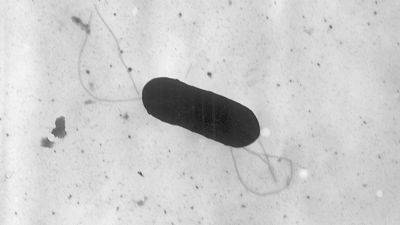22 Rarest and Most Endangered Flowers
These incredible blooms, including the world’s largest flower, are teetering on the verge of extinction largely due to human activity. Since we’ve excelled at putting them in this perilous plight, perhaps it’s now time to show off our planting skills in saving the most endangered flowers on the planet!
Before we don our superhero capes and take off to save the plant world, let’s take a look at what the word “endangered” implies and its different degrees.
Endangered species are those that may be extinct soon, globally or locally. As per their dwindling numbers and the imminent threat of disappearing from their natural habitats, these rare plants are categorized as critically endangered, endangered, vulnerable, threatened, rare, or extinct in the wild.
Scientific Name: Dendrophylax lindenii
Status: Critically Endangered
Ghost Orchids get their name from their pale white flowers, which appear suspended mid-air due to their translucent aerial roots. These amazing plants lack chlorophyll and depend on fungi for most of their lives. They only surface rarely to flower!
Native to Florida and regions of western Cuba, as of 2023, its population had dropped by more than 90 percent globally, with only 1500 plants remaining in Florida.
Scientific Name: Cosmos atrosanguineus
Status: Extinct in the wild
Chocolate Cosmos flowers have beautiful brown-red velvety petals that give off a chocolate-like scent. They are native to Mexico but were considered extinct in the wild there till 1986 when they were spotted in the pine and oak forests of some Mexican states.
The good news is that these blooms are found in domestic environments due to regular cultivation and consistent propagation. Efforts are being made to reintroduce them into their natural habitats gradually.
Scientific Name: Silene tomentosa
Status: Critically Endangered
Endemic to Gibraltar’s steep rocky cliffs, the Gibraltar Campion flowers have a rosette of leaves at their base and stunning mauve petals. Protected by the law of Gibraltar, these flowers were considered extinct for quite some time before they were rediscovered in the Upper Rock Nature Preserve in 1994.
Ever since efforts have been taken to grow these plants and







